October 22, 2024
We don’t wake up thinking to take a loan, buy insurance, or for that matter any financial services or product. Unless someone reminds us that we need that nice-looking couch, or to buy our own house, or an incident reminded us to insure one’s health or other assets! The journey to the right financial products or services remains broken. Embedded finance is trying to fix this journey and make more informed choices.
Though early days, we are witnessing the transformative potential of embedded finance in India; one that integrates services such loans or insurance into non-financial platforms, creating seamless, frictionless experiences. The opportunity is particularly compelling due to several key factors.
Market Potential and Growth
The sector has been expanding at a compound annual growth rate (CAGR) of 37.8% and is projected to reach USD 28.6 billion by 2029. This growth is driven by the increasing adoption of digital financial services, accelerated by UPI, and the proliferation of smartphones, which have reached over 600 million users in the country has laid a robust foundation for embedded finance.
Consumer Demand and Adoption
Indian consumers have a strong preference for convenience, and embedded finance caters directly to this need. A recent survey revealed that 60% of Indian consumers expressed a preference for embedded finance. This trend is evident in the popularity of services like Buy Now Pay Later (BNPL) and EMI financing, which allow consumers to convert purchases into manageable instalments.

Few Examples of Embedded Finance in Action:
- E-commerce Platforms: Companies like Amazon and Flipkart have embedded financial services options directly into their checkout processes increasing affordability and driving sales.
- Ride-Hailing Services: Drivers can instantly access micro-loans for vehicle maintenance, while passengers can opt for micro travel insurance with a single click.
- Healthcare Services: Multiple well-known platforms have embedded health insurance and financing options into their platforms.
Strategic Implications
For companies, effectively leveraging embedded finance can enhance customer engagement, lower acquisition costs, and open new revenue streams. Incumbent banks are partnering with FinTechs to offer innovative solutions, and this collaborative approach is essential for scaling embedded finance solutions and engaging a broader audience.
Conclusion
India’s regulatory frameworks, such as India Stack, the Open Credit Enablement Network (OCEN), or the Open Network for Digital Commerce (ONDC), and the Account Aggregator framework, combined with Reserve Bank of India’s, and Insurance Regulatory and Development Authority of India’s sandboxes, have created a fertile environment for the growth of embedded finance. The sector is set to revolutionize the financial landscape by offering seamless, inclusive, and integrated solutions.
What are your thoughts on the potential of embedded finance in India?

